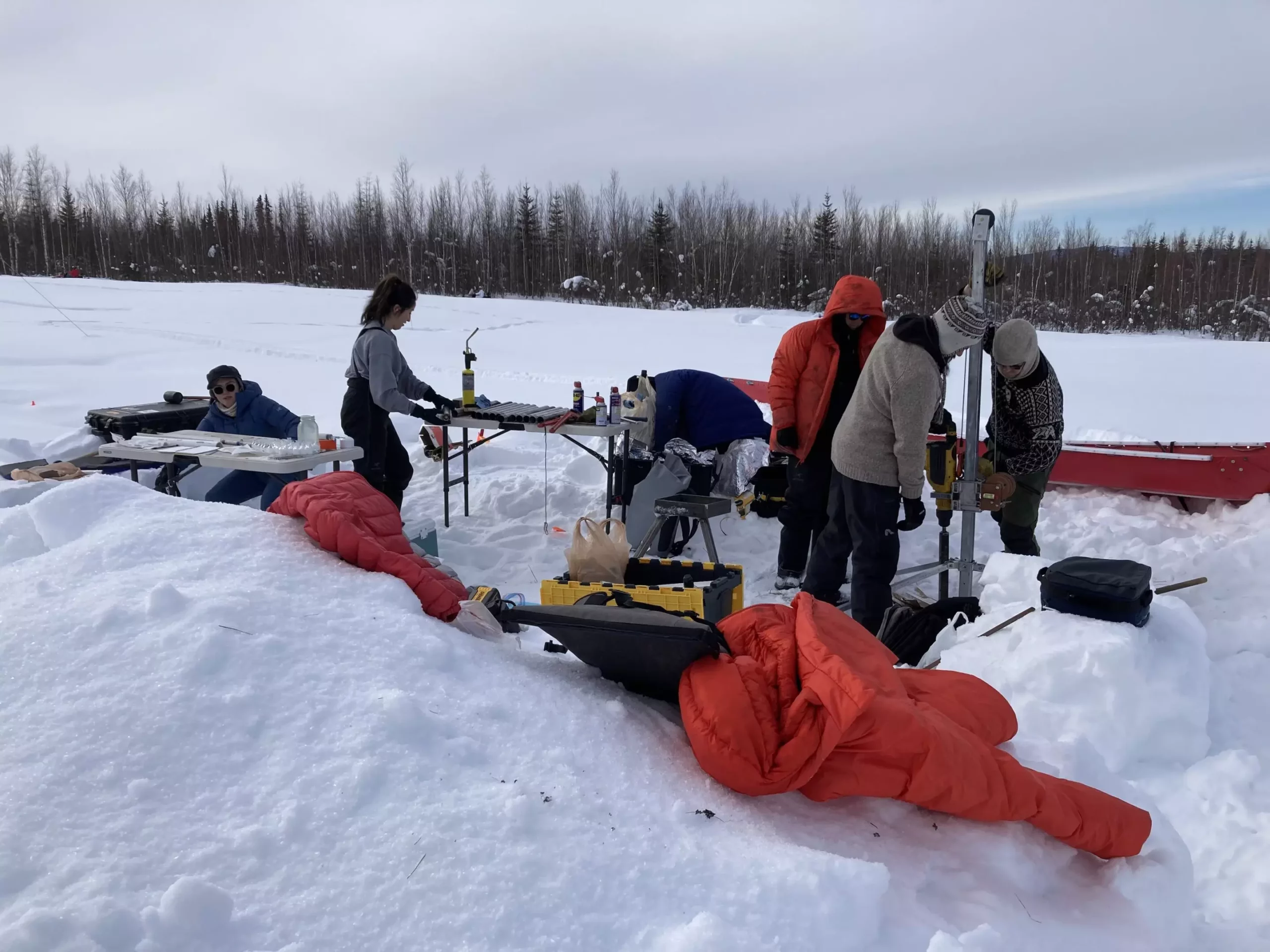The alarming revelations stemming from a recent study by Katey Walter Anthony and her team underscore an emerging and significant climate concern: the realization that methane, a potent greenhouse gas, is being released from upland ecosystems in Alaska at unprecedented rates. For years, methane emissions have been mainly associated with wetland environments, where anaerobic conditions promote microbial activity that produces this gas. However, Walter Anthony’s research challenges long-held assumptions about methane sources, revealing that dryland areas in the Arctic are contributing significantly to greenhouse gas emissions.
Initially, Walter Anthony, a limnologist at the University of Alaska Fairbanks, was skeptical when she first heard whispers of methane bubbling up under the lawns of Fairbanks. Like many scientists, she restricted her focus to methane emissions from lakes and wetlands. It wasn’t until she had the chance to investigate a nearby golf course, prompted by local reporter inquiries and grassroots curiosity, that she realized the situation was more extensive than she had imagined. Confirming the presence of methane during fieldwork sparked an in-depth examination of other areas, revealing significant emissions even in forested terrains populated by birch and spruce trees.
While previous studies largely ignored methane released from drier ecosystems, this new inquiry funded by the National Science Foundation uncovered alarming data: upland landscapes in Alaska were discharging some of the highest methane emissions recorded in northern terrestrial environments. This new paradigm presents a sobering understanding of methane as a greenhouse gas that may play a pivotal role in accelerating climate change due to the gas’s potency, estimated to be 25 to 34 times more impactful than carbon dioxide.
The findings of this research challenge conventional climate models, which have historically overlooked the potential of non-wetland sources to contribute significantly to methane emissions as the Arctic continues to warm. The study highlighted emissions from well-drained, upland sites that, in some instances, surpassed those recorded in wetland conditions—most notably in the winter months when methane release was found to be five times greater in some study locations.
Walter Anthony’s team extended their investigation beyond the golf course to include a breadth of representative sites across Alaska, assessing methane flux through a range of rigorous scientific techniques over multiple years. The breadth of their findings indicated that nearly all sites examined were releasing methane—indicating that this phenomenon was not confined to isolated incidents but rather a widespread ecological concern.
A crucial element uncovered in the study is the concept of “taliks”—unfrozen pockets of soil that allow microbial activity to persist during winter months. These areas enable the decomposition of organic matter at a time when soil microbes are typically dormant, leading to increased methane emissions. The researchers suggest that the unique geological and biological characteristics of the Yedoma soils—rich in carbon and often poorly aerated due to high silt content—are major contributors to the accelerated production of methane.
While scientists previously focused on the carbon dioxide emissions linked to permafrost thaw, Walter Anthony argues that the potential methane released from these ecosystems poses an equally significant risk. Yedoma deposits, despite covering only a small fraction of the permafrost regions, contain a substantial portion of the carbon stored within those soils. As the climate continues to change and permafrost thaws, these deposits could release vast amounts of greenhouse gases, accelerating the feedback loop of climate change.
The implications of Walter Anthony’s findings extend far beyond the borders of Alaska; they underscore a global concern regarding the interconnections between climate policies and carbon cycling. The prospect of extensive thermokarst formation—mounds rising and falling as ice within the soil melts—by the 22nd century invites urgent attention. The expectation that taliks will proliferate in tandem with continued warming highlights the increased risk of methane emissions, particularly during winter months.
With these critical insights into methane emissions from upland ecosystems, the urgency for climate policymakers and researchers to reevaluate the existing models and assumptions is clearer than ever. Failure to account for these growing sources of methane could thwart global efforts to mitigate climate change, raising pressing questions about traditional strategies focused primarily on carbon dioxide emissions.
As we navigate the complexities of climate science, the revelations presented by Walter Anthony and her research team illuminate the pressing need to reassess our understanding of greenhouse gas emissions. Recognizing the unexpected roles that upland ecosystems play in the methane narrative is vital for shaping future climate research and forming effective responses to global climate challenges.


Leave a Reply